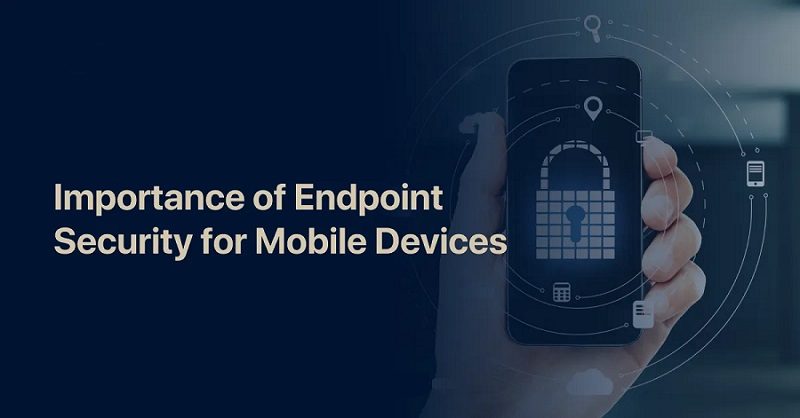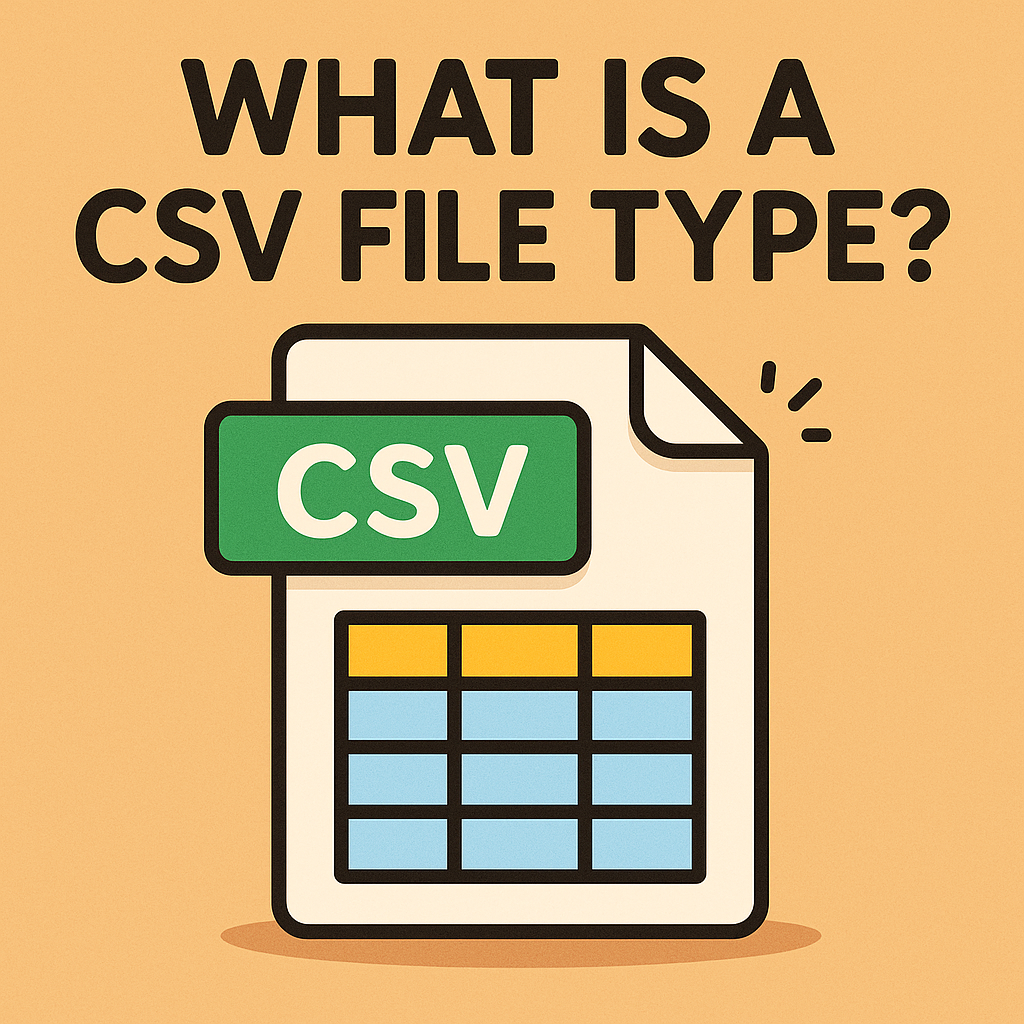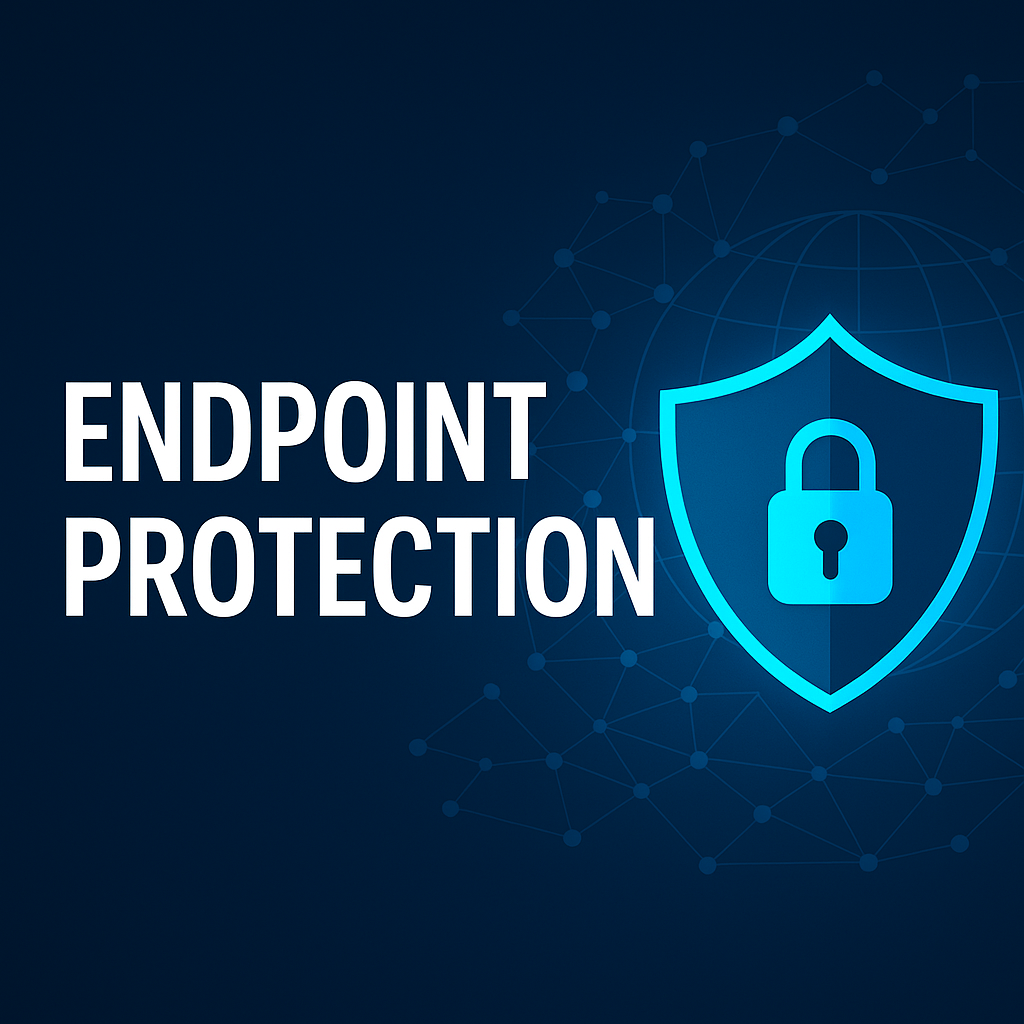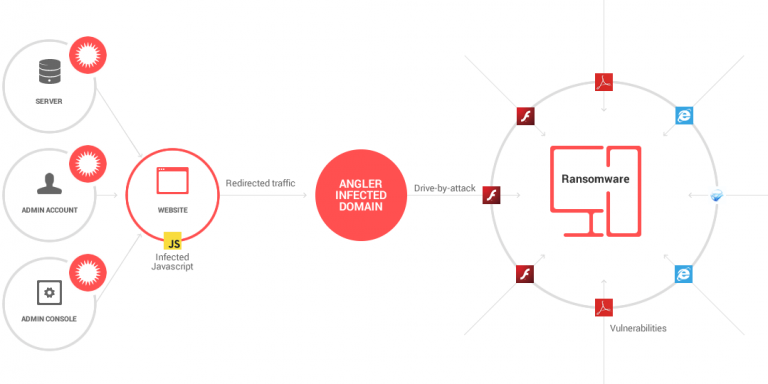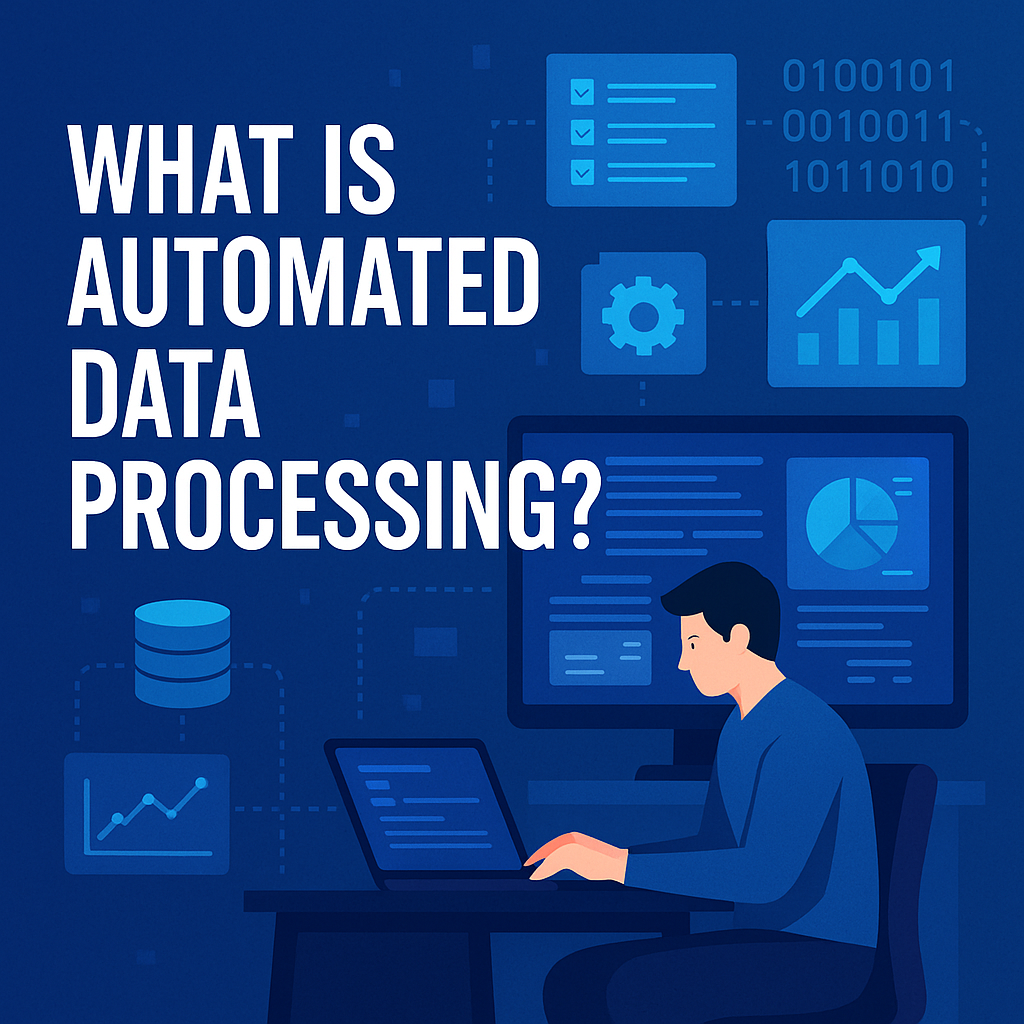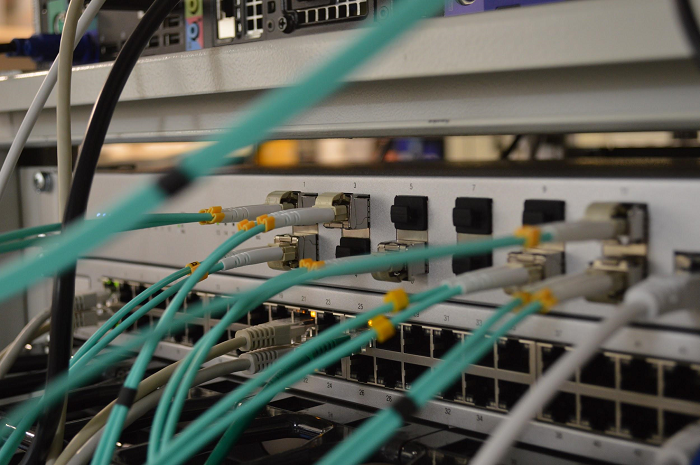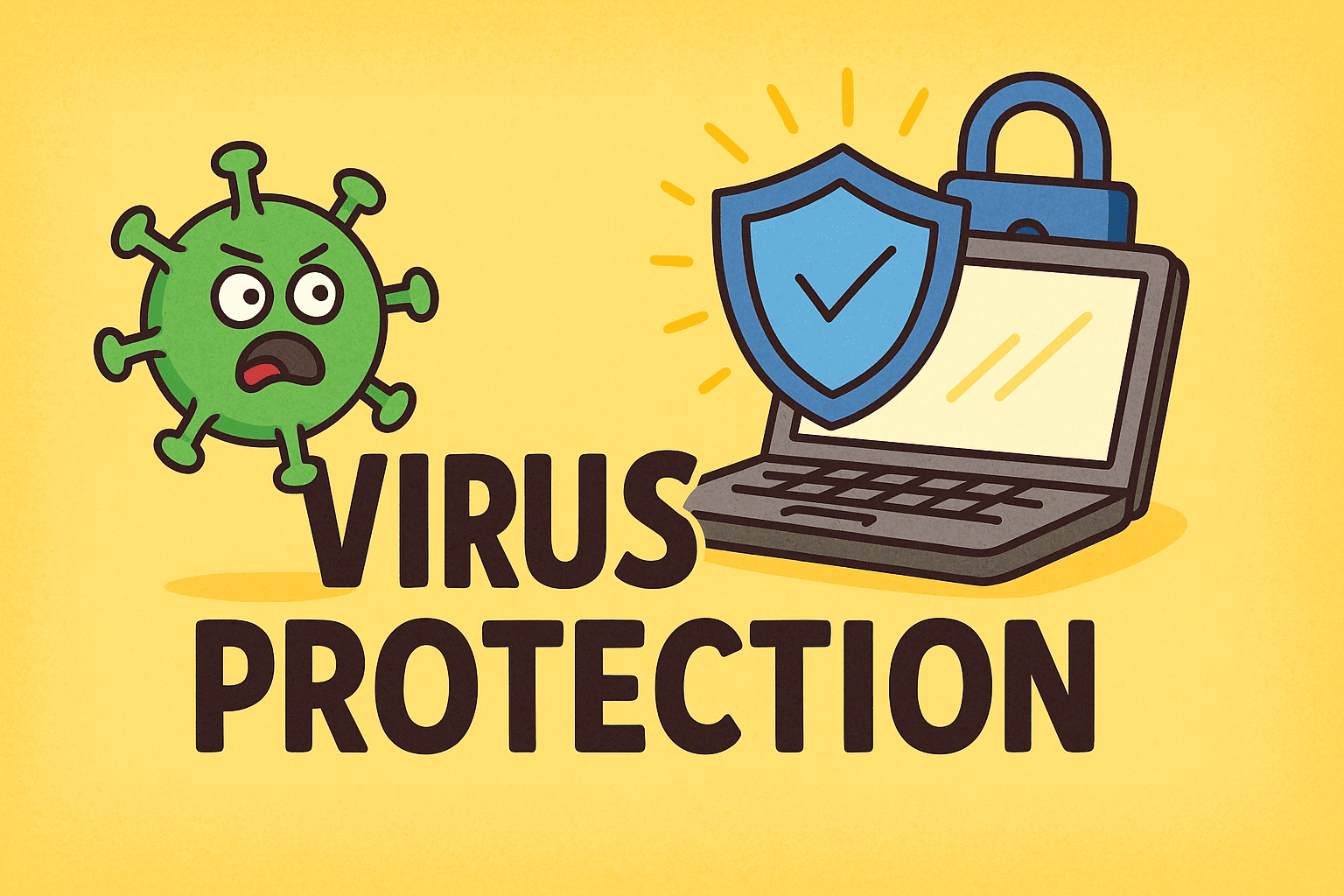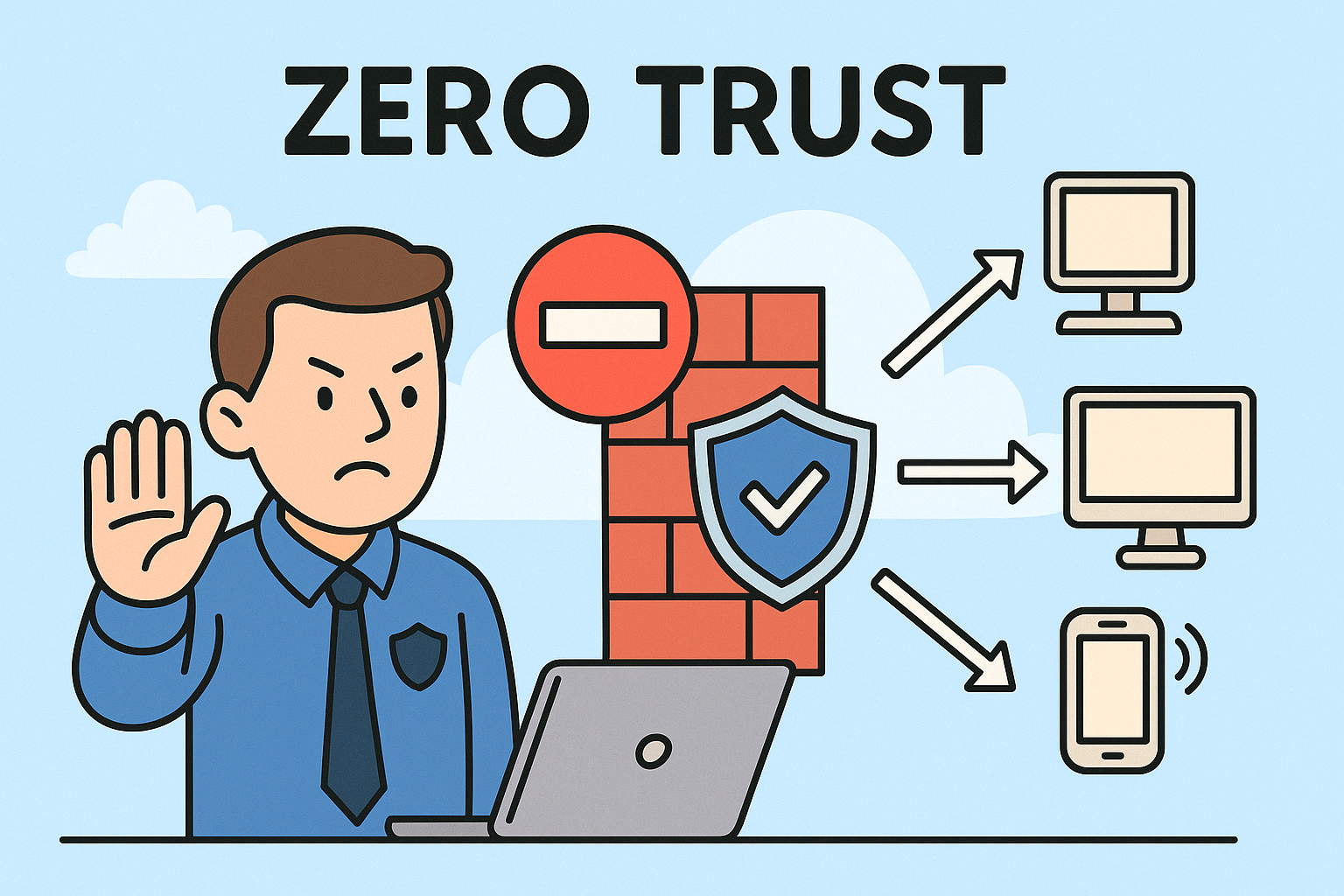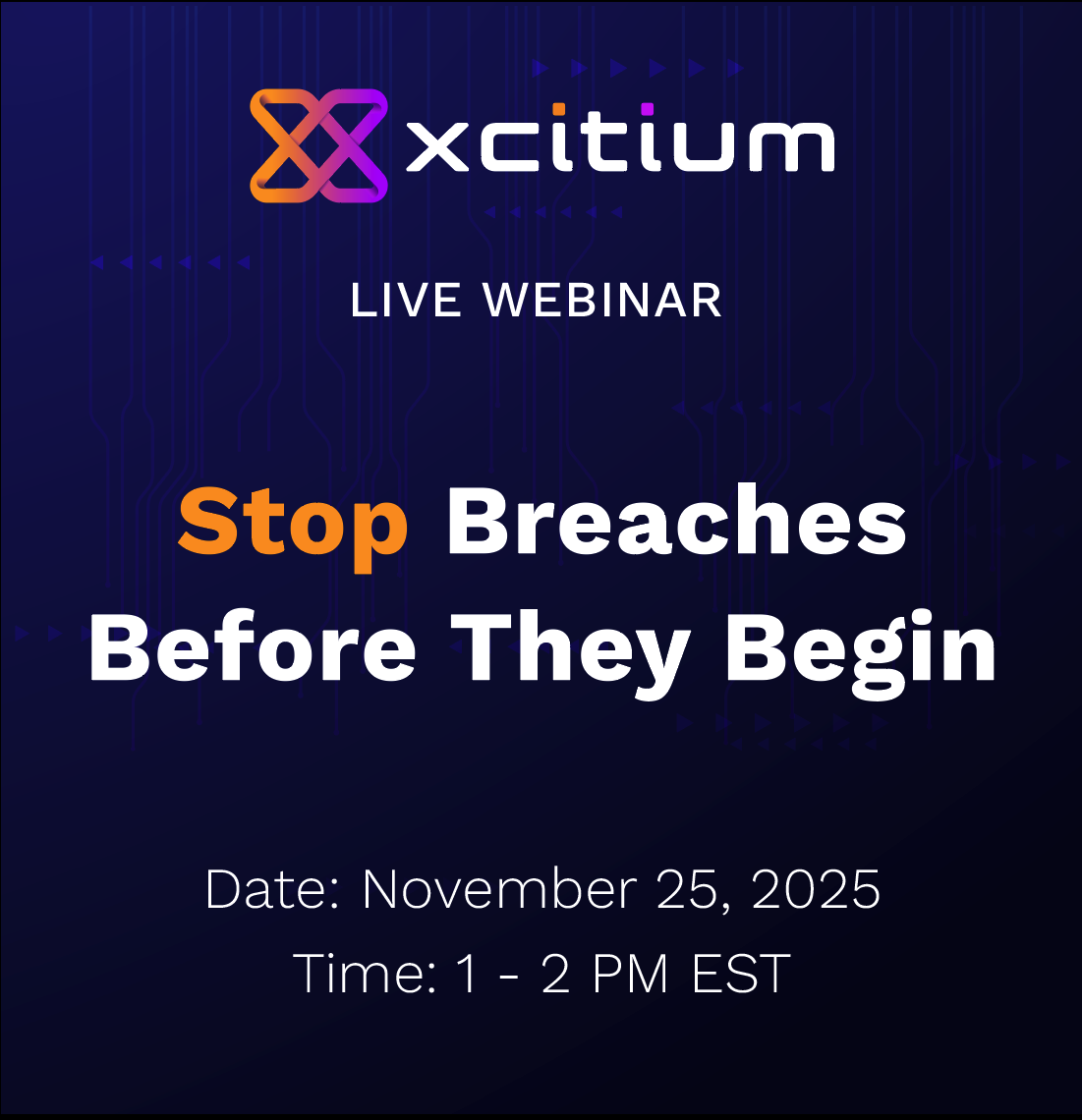What Happens to Unknown Files in Your Network?
Updated on May 20, 2025, by Xcitium
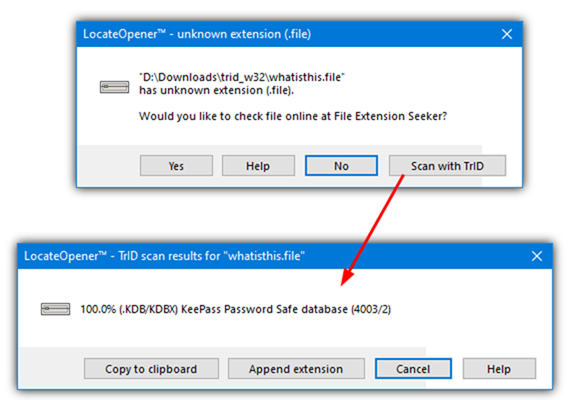
In cybersecurity, the riskiest thing you can do is assume. Yet most vendors still operate on a dangerous principle called Default Allow — the idea that if a file isn’t known to be malicious, it’s allowed to run.
That assumption is what attackers exploit every day.
At Xcitium, we don’t assume anything. We analyze every file — not just scan for known threats. And our Threat Report reveals the power of this approach: out of 434,240 file queries, only 10 were truly unknown — meaning 99.9987% of files already had a Trusted Verdict before they touched a customer environment.
Let’s walk through exactly what happens to unknown files in your network — and why how you handle them determines whether your business becomes the next headline.
Why 99.9987% of the Time, Xcitium Already Has the Answer
Step 1: File Appears – What Does Your Security Platform Do?
Legacy Security:
Scans the file against known signatures. If nothing matches, it gets a pass. The file runs. It might be safe. Or it might be brand-new malware. Either way, it’s now inside your environment.
Xcitium:
We don’t just scan — we analyze. Every file is queried against the world’s largest whitelist built from decades of global endpoint data. If it’s known good or bad, we act accordingly. If it’s unknown, we take no chances.
Step 2: Xcitium Applies ZeroDwell™ Technology
If the file is unknown, we don’t let it run freely. Instead, it’s instantly contained in a secure, virtual environment where it can do no harm.
- No impact on user productivity
- No system infection
- No lateral movement
- No data exfiltration
- No ransomware detonation
Our containment happens before the file executes — not after a red flag gets triggered. You stay safe while our verdict engine goes to work.
Step 3: File is Analyzed by AI + Human Threat Experts
While the file is contained, our AI-based engines begin deep inspection. But we don’t stop there. Every suspicious behavior is reviewed and validated by our global threat research team.
This human-in-the-loop model ensures precision verdicts and eliminates false positives — so you can trust the outcome.
Step 4: Trusted Verdict is Delivered
After analysis, Xcitium provides a Trusted Verdict:
- Good: The file is released from containment, now cleared to run freely.
- Bad: The file remains contained and is blocked across your environment.
- Unknown: Continued observation and containment until sufficient telemetry allows classification.
Unlike vendors who operate in a gray area of uncertainty, Xcitium always lands on a final, confident answer.
Real-World Results: The Power of Our Whitelist
From our Threat Report:
- 434,240 file queries
- 7,791 unique files
- 7,781 already known
- Only 10 were new unknowns
That’s a 99.9987% pre-verdict rate.
This isn’t theoretical. This is what’s already happening inside customer environments. It means:
- Your team isn’t wasting time chasing unknowns
- Your endpoints are protected before threat actors can detonate
- Your risk exposure is nearly eliminated
Why Fewer Unknowns = Smaller Attack Surface
Every unknown file is a potential attack vector. The more unknowns you allow to run, the wider your threat landscape becomes. Other vendors may offer containment or sandboxing after detection — but that’s too late.
Xcitium starts secure by reducing the number of unknowns at the point of contact.
Fewer unknowns mean:
- Less time investigating alerts
- Fewer false positives
- Tighter defenses
- Greater confidence
Malicious Files Contained – Even Without Detection
Here’s the part that truly separates Xcitium from the rest:
Even if no existing signature, heuristic, or behavior engine detects malicious intent, Xcitium still contains the file. That means we neutralize malware before it’s labeled as such — including:
- Ransomware in early stages
- Custom malware designed for specific victims
- Fileless threats trying to blend in
Containment is the safety net your business needs when traditional detection fails — because sometimes, it will.
Visibility Across Devices and Endpoints
Xcitium doesn’t just stop threats. We show you exactly where they were stopped:
- Which endpoints encountered the unknown file
- What it tried to do while contained
- How it was ultimately classified
This level of visibility is essential for compliance, threat hunting, and executive reporting.
Zero Trust Without the Guesswork
Other vendors claim to offer Zero Trust, but still allow unknown executables to run unless flagged. That’s Zero Trust in name only.
Xcitium enforces a 100% Zero Assumption model:
- No file is trusted until proven safe
- No unknown is allowed to run uncontained
- No malicious action escapes early containment
This is Zero Trust done right. With containment built-in — not bolted on.
Proof, Not Promises
The Threat Report doesn’t ask you to trust us. It proves that our model works — at scale, in production, with real customer data.
- 99.9987% of files already analyzed
- All unknowns contained
- No breaches caused by missed detections
While other vendors gamble on assumptions, we’ve built a system that verifies before risk can occur.
Here’s What You Can Do Right Now
🔍 Book a Free Endpoint Risk Assessment
We’ll scan your environment and show you exactly how many unknowns are slipping through undetected — and how Xcitium would have handled them differently.
🛡️ Run a 3rd Party Forensic Scan
Don’t take your current vendor’s word for it. Get a second opinion and uncover what they’re missing.
🚀 Experience Containment in Action
See what it means to operate in a 100% safe posture, where no file is ever trusted blindly.
👉 Book Your Free Assessment Now
Because **“we didn’t know” isn’t a defense when the breach hits the news.





